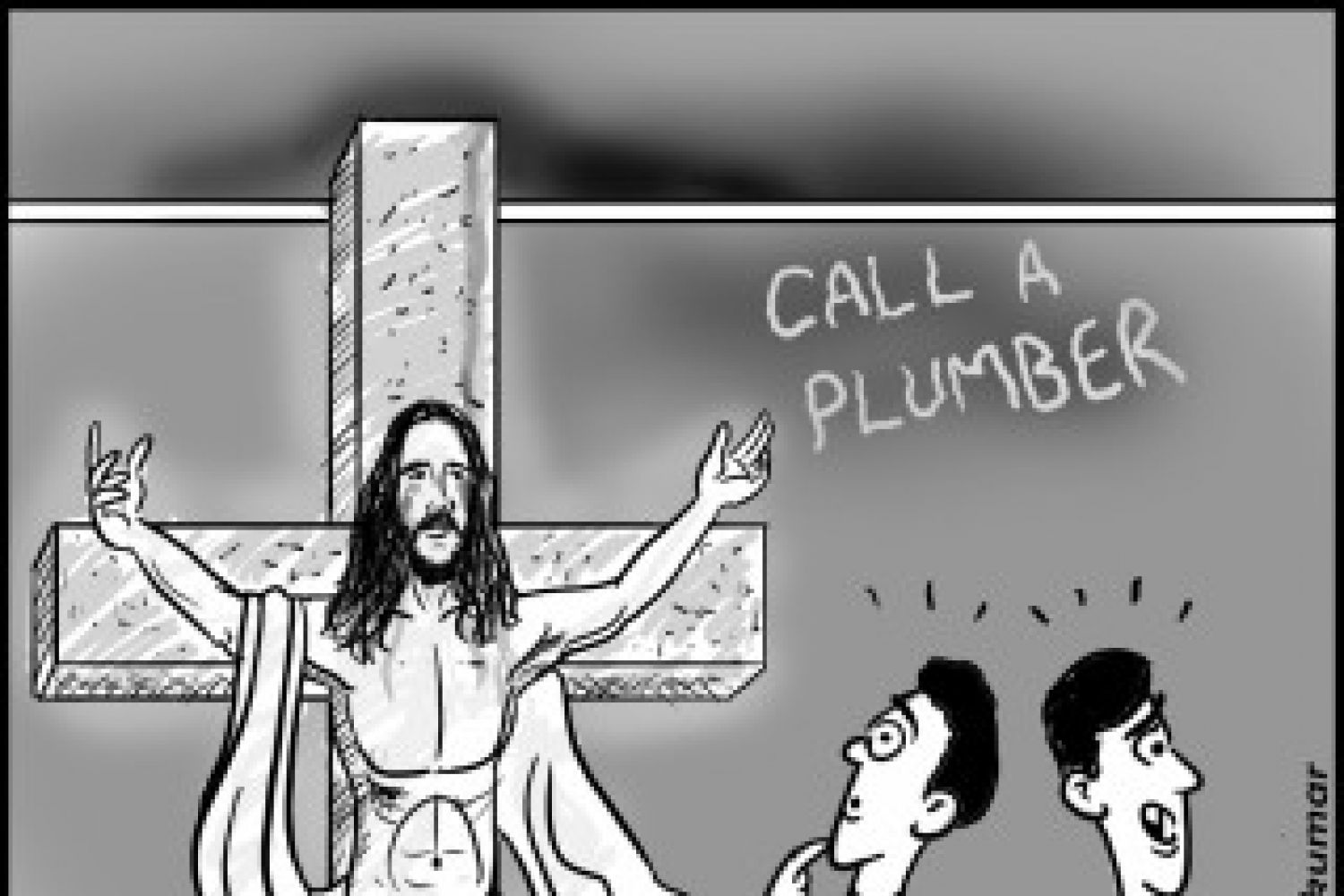
We live in times
when religious feelings are easily outraged, a time when a Facebook post can
lead to three years in jail. The manner in which the Maharashtra police
arrested two young girls from Mumbai, Shaheen Dhada and Renu Srinivasan, for
Facebook posts criticising the Shiv Sena’s illegal shutdown of the city after
Bal Thackeray’s death, was startling for several reasons.
First, compared to the
ocean of anti-Thackeray abuse floating around Facebook and Twitter at the time,
Dhada





